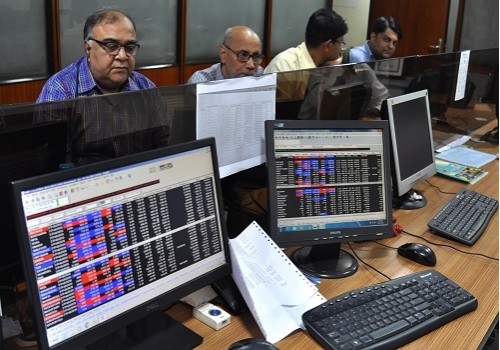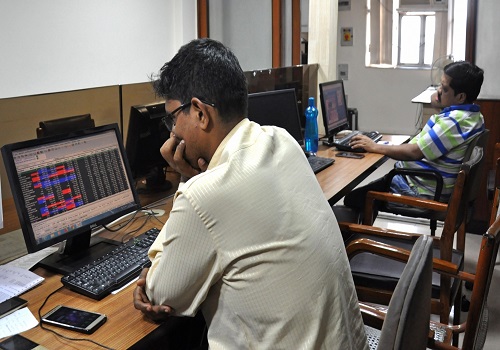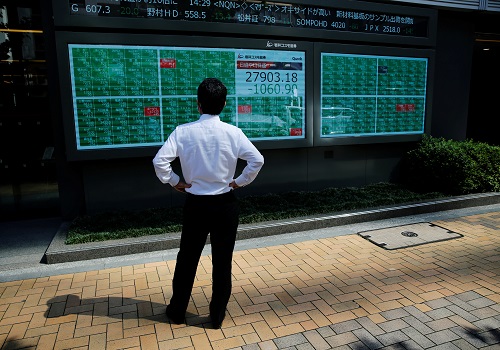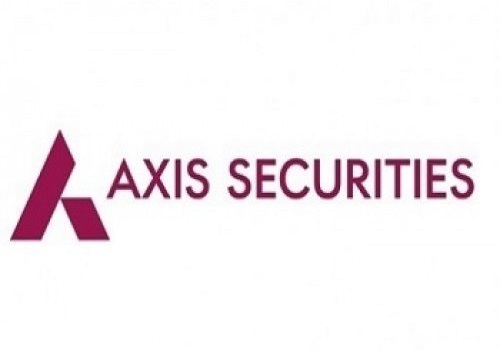Gold Outlook February 2022 by Chirag Mehta, Quantum Mutual Fund

Follow us Now on Telegram ! Get daily 10 - 12 important updates on Business, Finance and Investment. Join our Telegram Channel
Below are Views On Monthly Gold by Chirag Mehta, Quantum Mutual Fund
It's 2022. Inflation, not Covid-19, appears to be the biggest threat to the global economy. International gold prices in January were stuck between red-hot price pressures and a hawkish Fed ending the month 1.5% lower, at $1790 levels.
The world, led by Europe, is learning to live with Covid-19 viewing it not as a pandemic, but as an endemic infection. This change is taking place even as cases are exploding globally. This is possibly because governments are finding it difficult to bear the economic costs of on and off restrictions and also because the new variant has been less damaging than expected. Nevertheless, rising numbers of infections are expected to take a toll on consumer spending and growth. On the other hand, China still continues to follow a zero Covid-19 policy which is weighing on its growth which slowed to a 4% pace in the fourth quarter from 4.9% in the third quarter.
Meanwhile, prices in the United States are not merely high, they are high and still rising with December 2021 CPI coming in at a 4 decade high of 7.1%. Core inflation, which excludes food and energy prices, spiked to almost 3-decade highs of 5.5%. This means inflation is deeply entrenched into the economy and is not merely caused by higher energy prices. On the other hand, the unemployment rate in the US has fallen to a 22-month low indicating that the labour market is at or near maximum employment. With full employment being taken care of, the Fed is now expected to focus on its other mandate of price stability, setting the stage for policy tightening.

And so January brought with it the most hawkish Federal Reserve press conference since 2018, which was when the Fed last attempted to double tighten or reduce the balance sheet at the same time as hiking interest rates. As we know, this was not received well by markets then. While a quarter percent rate hike in March is almost certain, Powell did not fully deny the possibility of a 50bps rate hike in March and also
put more than three rate hikes and quantitative tightening on the table. So while negative real rates will continue to be around for some more time, the risk of normalization of real interest rates remains.
While Powell may have come across as aggressive, the Treasury market thinks that there may be limits to how far the central bank can go to bring down inflation, without risking a recession. Yield curves have begun to flatten even before the Fed has delivered its first rate hike. The spread between 2- and 10-year and 5- and 30-years Treasury yields are fast narrowing and if they fall below zero, that will be an indicator of an upcoming economic downturn. While a slowdown doesn't seem to be on the top of investors’ minds for now given the strong fourth-quarter GDP growth numbers in the US, the falling contribution of consumption and rising contribution of inventory to that number suggests decelerating growth. And if the Fed’s tightening coincides with a slowdown or a decline in inflation on base effects, we are looking at a policy error and major volatility across all asset markets.
In response to the Fed's hawkish pivot, the yield on the 10-Year US Treasury moved up significantly from 1.5% in December 2021 to 2-year highs of about 1.9% in January before settling close to 1.8%. An aggressive 40 basis point move in less than a month was enough to destabilize equities, with leading US equity indices in the red on a YTD basis. The jump in yields suggests that investors are concerned about an aggressive Fed hurting the US recovery. This is sapping investor appetite for riskier assets. This should spur interest in portfolio diversifiers like gold, especially since the Fed is expected to have a higher tolerance for the stock market going down as inflation gets out of hand.
The leading cryptocurrency Bitcoin too is down by 50% from its all-time high of November 2021 as risk assets weaken. This kind of volatility isn’t new to this asset class, making investors once again question its role as a portfolio diversifier and its positioning as a replacement to gold.
The spillover caused by a tightening of US monetary policy could be limited if it is gradual and with a background of sustained recovery. But if the Fed moves aggressively, it could disrupt financial markets and tighten financial conditions globally. For emerging markets like India, this will translate both into weaker equities and also depreciatory pressures on the currency front as the dollar strengthens.
Oil prices are on the boil touching $90 a barrel for the first time in seven years spurred by heightened geopolitical tensions in Eastern Europe and the Middle East that raised concerns about further disruption in an already undersupplied market. If oil prices sustain at current levels, it could fuel inflationary fire across global commodities and products. It will also inflate India’s import bill, putting further pressure on the Rupee, which is positive for domestic gold prices.
Even as the Fed is sounding more hawkish everyday and Covid-19 is most likely behind us, demand for the yellow metal is getting support from higher inflation, market volatility, US-Russia tensions over Ukraine and the drop in Bitcoin. SPDR Gold Shares, the largest gold-backed ETF, recorded its biggest daily net inflow -worth $1.63 billion in January - since listing in 2004, indicating investor interest in gold.
While domestic pent up demand for gold got released in 2021, demand is expected to go back to pre-pandemic levels in 2022 aided by higher savings, increased mobility and stable price levels.
It's clear now that central banks face difficult choices in the post-pandemic environment and how they navigate this will determine gold’s trajectory this year. While the current era of US monetary policy will be challenging for the metal, inflation and other risks as outlined above will keep the asset class relevant.
To Read Complete Report & Disclaimer Click Here
Above views are of the author and not of the website kindly read disclaimer
























